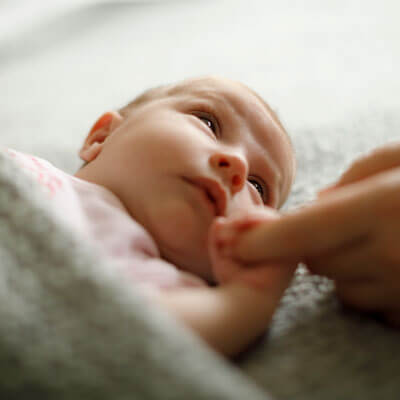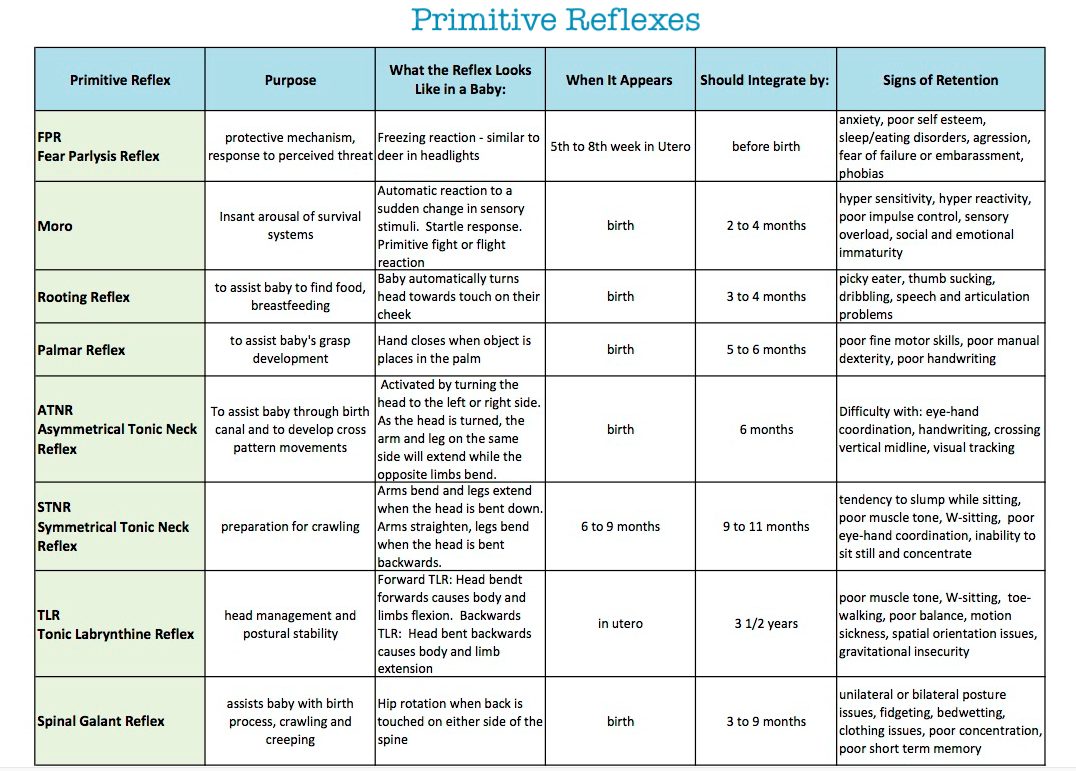Retained Neonatal Reflexes in Tauranga
 The Retained Neonatal Reflexes™ technique is a revolutionary approach to assisting children and adults with learning difficulties and behavioural problems. The technique was founded in the early 1990s by Dr Keith Keen, an Australian chiropractor. Over the past 20 years the technique has developed to incorporate corrections to support the proper integration of 18 neonatal reflexes. The technique aims to support the brain and body’s integration of these reflexes in order to normalise the abnormal display of retained primitive reflexes and neonatal reflexes.
The Retained Neonatal Reflexes™ technique is a revolutionary approach to assisting children and adults with learning difficulties and behavioural problems. The technique was founded in the early 1990s by Dr Keith Keen, an Australian chiropractor. Over the past 20 years the technique has developed to incorporate corrections to support the proper integration of 18 neonatal reflexes. The technique aims to support the brain and body’s integration of these reflexes in order to normalise the abnormal display of retained primitive reflexes and neonatal reflexes.
What Is a Retained Neonatal Reflex?
Early in life in utero, when our ability to make decisions hasn’t developed fully yet, our brain has a number of reflexes called ‘primitive reflexes’. Once we’re born these reflexes can be called ‘neonatal reflexes’. These reflexes are crucial in helping us to grow well and to stay safe. For example, they help us to find the breast and to know when to suck. They help us to get through the birth canal during labour and also help us learn how to grip onto things and how to move properly as we begin to move on our own through our environment.
Once we mature these reflexes aren’t required any more so they take a backseat and our higher brain takes control. This developmental stage is normal and essential for our nervous system to work optimally. These reflexes can remain dominant rather than taking a backseat as a result of birth trauma or developmental limitations.
Some of these limitations include emotional stress, chemical stress, nutrient deficiencies, a lack of tummy time, reduced crawling time or skipping crawling altogether, falls and head trauma, severe or chronic infection and/or ear infections. When this occurs it means the nervous system will automatically react inappropriately and in an undesired manner in particular instances. This can impact brain and body development as well as social skills, learning and behaviour. A reflex that remains dominant is called a retained neonatal reflex or retained primitive reflex.
Assisting the integration of these retained neonatal reflexes involves the combined use of a variety of specific techniques from a number of health disciplines. These specific techniques are now taught all over the world.
The Retained Neonatal Reflexes we assess include:
- Fear Paralysis Reflex
- Moro Reflex
- Babkin Reflex
- Babinski Reflex
- Juvenile Suck Thrust
- Palmomental Reflex and Plantomental Reflex
- Rooting Reflex
- Palmar Reflex
- Plantar Reflex
- Asymmetric Tonic Neck Reflex
- Lateral Labrynthine Reflex
- Sagital Labrynthine Reflex
- Landau reflex
- Symmetric Tonic Neck Reflex
- Stepping Reflex
- Heel Reflex
- Suprapubic Reflex
- Spinal Galant Reflex
Prior to addressing any neonatal reflexes, we assess for stress in the nervous system and cranial function alongside imbalances in function and integration of the brain’s left and right hemispheres. This supports brain balance and processing from the outset.

Image Source: Natalie Udwin, Sprocket Therapy Solutions, LLC 2015 https://www.sprockettherapy.com/primitive-reflexes.html
Retained primitive reflexes are often seen in children or adults with ADHD, autism spectrum disorders, neurodevelopmental related disorders, motor and academic learning difficulties, speech challenges and social difficulties.
Book an Appointment
If you have any questions you can get in touch with Dr David Comely or if you would like to have yourself or your child assessed, contact Be Vital Chiropractic to book an appointment.

